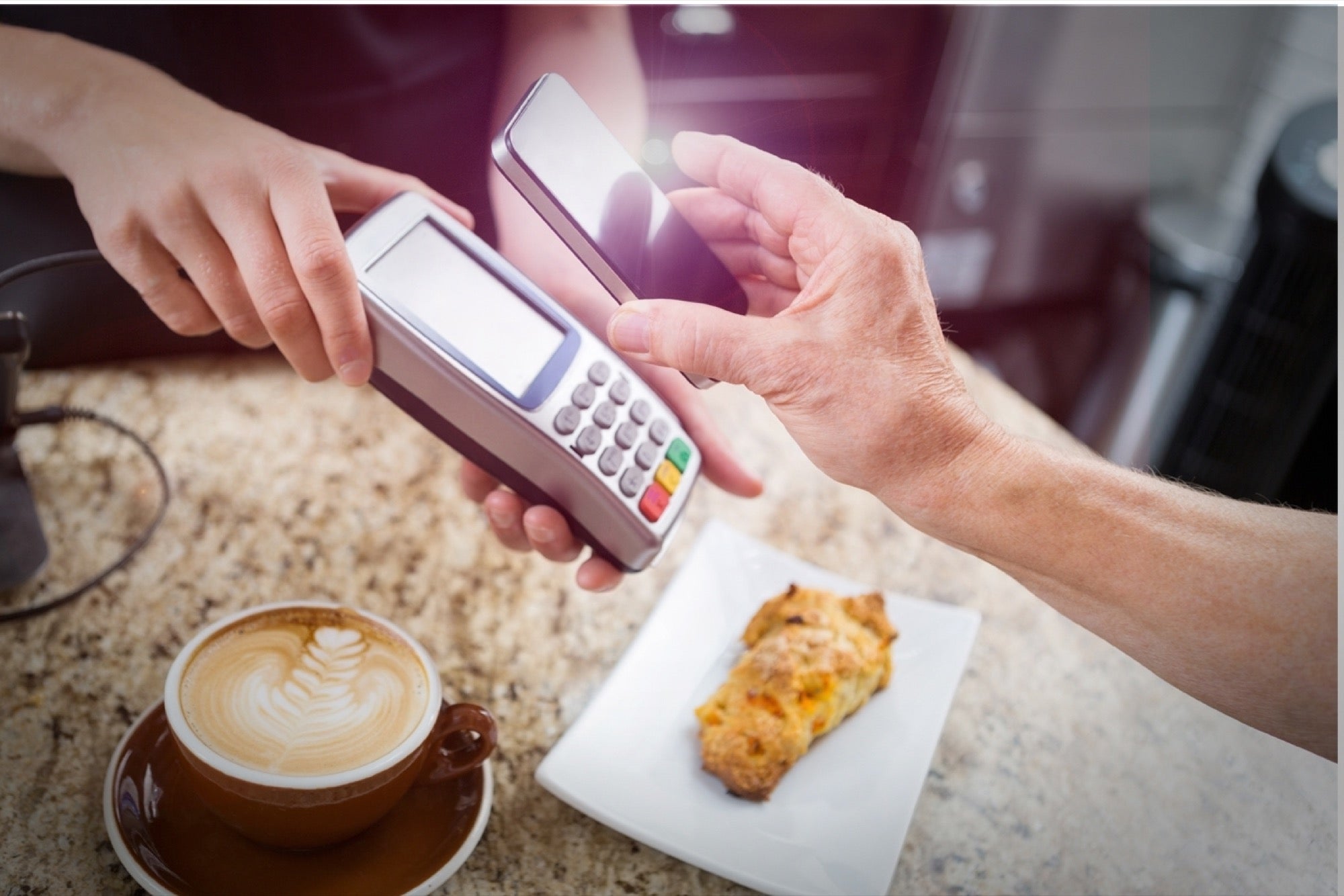'Mobile Wallets,' the Future of Loyalty Marketing Programs What are the benefits for business? And what lies ahead?
By Tami Cohorst Edited by Dan Bova
Opinions expressed by Entrepreneur contributors are their own.

"Mobile wallets" are steadily inching their way into the mainstream. With the technology now readily available -- and affordable -- and the stigma of security issues steadily fading, consumers are finally jumping on board.
Related: The Future of Mobile Payments Awaits Your Fingerprint
In the past year, approximately 28 percent of smartphone users actually made a mobile payment, and that number is only expected to grow.
But what many merchants don't realize is that mobile wallets can also be used as strategic marketing tools to help increase their bottom lines. The solution is in mobile loyalty programs.
After all, customers love loyalty programs. But they don't love carrying around a wad of plastic cards in their wallets. Cards are bulky and easily lost. So, if your business already offers a loyalty program -- or plans to implement one -- there's never been a better time to make the switch to mobile.
Benefits for businesses
The most obvious reason why merchants offer mobile loyalty programs is to give customers incentives to return to their businesses. But there are a number of other perks, too, including:
- Increased sales -- Customer retention is always good for boosting the bottom line, but studies have shown that a mobile loyalty program can also boost extra sales among loyalty customers. Kohl's loyalty customers, for example, average two additional trips to the store and spend $80 more than nonloyalty customers over the course of a year.
- Differentiation from the competition -- Loyalty programs are an excellent way to stand out from the crowd. And having a mobile loyalty program gives you an even bigger edge in the marketplace. Consider what your competitors are doing for their loyalty programs and figure out a way to make yours even better.
- Cost savings – Mobile loyalty programs require less operational management than paper-based programs, and that advantage will ultimately lead to reduced operational costs.
- Improved customer service – Consumers want their experiences to be enjoyable, and they want to feel valued. Loyalty programs help make both of these goals possible. They open the door for more communication between retailers and customers during checkout. And they give loyal customers rewards for their patronage, making them feel appreciated.
Related: The Future of Mobile Payments Awaits Your Fingerprint
The current landscape
Some merchants, like Starbucks, have already launched successful loyalty programs within their own store apps. The Starbucks app allows customers to load money onto their mobile accounts (like a revolving gift card), keep track of their rewards and make payments and use their rewards directly from their phones at checkout. And this is just the beginning of the integration of mobile wallets with loyalty programs.
Looking forward
Experts predict that the next step in mobile loyalty programs will be to integrate them with the front-runner mobile wallets, such as Apple Pay and Google Wallet. Up until this point, consumers have been forced to use mobile loyalty programs within each store's individual apps. In the near future, we can expect to see these mobile wallets begin to not only implement store loyalty programs, but ultimately become a platform for integrated, real-time marketing.
Related: Why It Might Make Sense to Pay Your Employees in Bitcoin (VIDEO)










